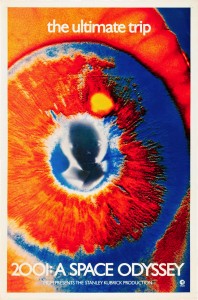
Corporate Communiqué: The Derrida-Holmes Merger
I want to argue that Derrida’s provocative invocation of a corporation reveals certain premises that deconstruction shares with the corporate legal form, and that both mistakenly assume—in their theorizing—that intentions are causes. More specifically, Derrida’s picture of communication was already, for late-nineteenth-century legal theorists, their problem of corporate intention. How should people understand what is happening when they negotiate with vast collective social agents whose intentions seem unreliable or unknowable?






